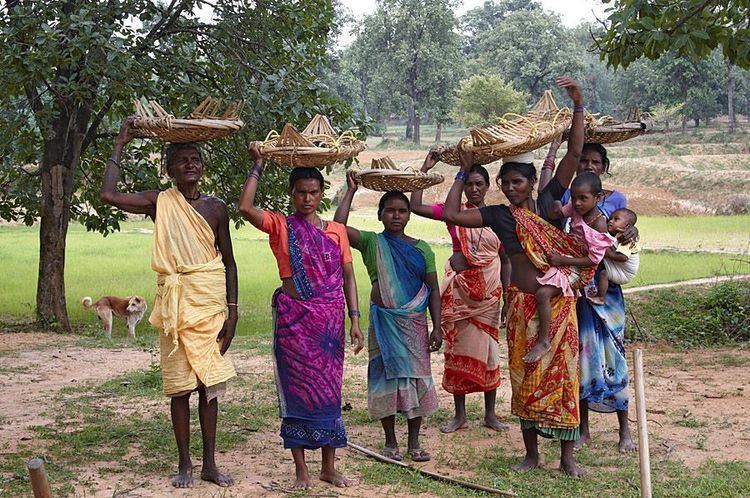 | ||
The Oraon (उरांव) tribes or Kurukh (कुड़ुख) tribe (Kurukh: Oṛāōn and Kuṛuḵẖ), also spelled Uraon, Oran, or Oram, are an Adivasi group inhabiting various states across central and eastern India, Myanmar, Bangladesh, and Bhutan Traditionally, Oraons depended on the forest and farms for their ritual and economic livelihood, but in recent times, a few of them have become mainly settled agriculturalists. Small numbers of Oraons have migrated to the northeastern part of India, where they are mainly employed in tea estates.
Contents
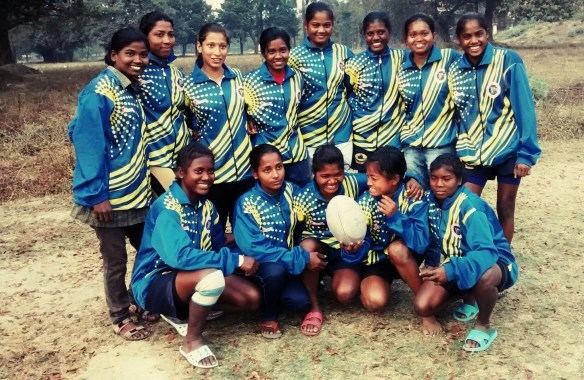
Origins
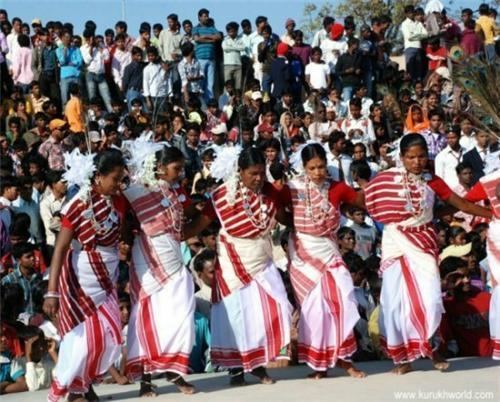
According to the Indian Anthropological Society, Konkan is said to be the original home of the Kurukh tribes, from whence they migrated to Northern India. A Kurukh substratum is very prominent in the language of the Konkan or the Konkani language.
People
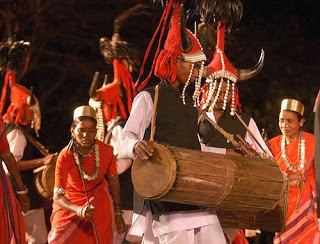
The Kurukh or Oraons are the tribals of Chota Nagpur Plateau. The name "Oraon" appears to be an exonym assigned to them by the Munda people of Chotanagpur. It may refer to their many migrations and proneness to roam. They prefer to be called Kurukhar.
Regions where they live
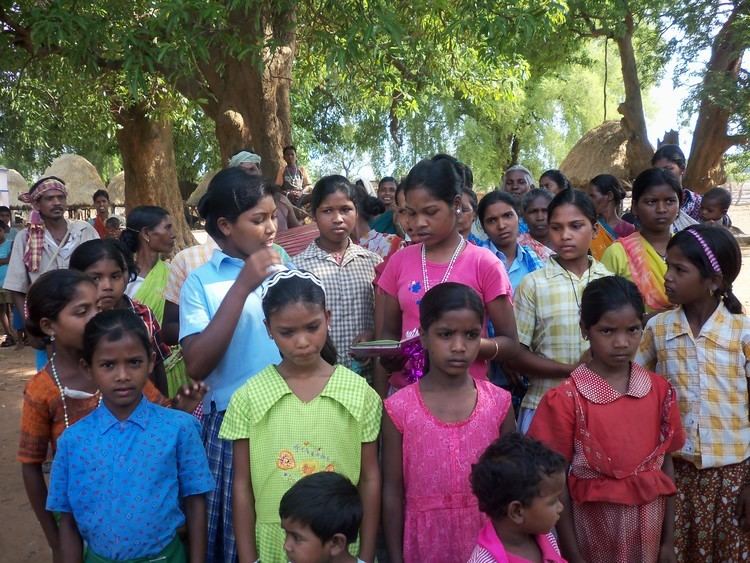
They are divided into many totemistic clans. They live in Chhota Nagpur plateau of east-central India which is in Jharkhand; in Raigarh, Surguja, Jashpur districts of Chhattisgarh; Ranchi District of Jharkhand; Jalpaiguri District of West Bengal; Sundargarh District of Odisha, and also in Bihar; Arakan of Myanmar, and Bangladesh. A sizable number of Oraon have migrated to the northeastern part of India, where they are mainly employed in tea estates of West Bengal, Assam, and Tripura.
Culture
The Oraon people have a rich range of folk songs, dances and tales, as well as traditional musical instruments. Both men and women participate in dances, which are performed at social events and festivals. Mandar, nagara and kartal are the main musical instruments. During festival or any occasion of celebration they consume an alcoholic drink called handiya, a rice wine made from fermented rice. Handiya is distributed among every person of the village in a bowl of leaves, which is called Dona.
Addi-Dharam
The Oraon Adivasi followed the 'Sarna' Dharam (Sarna religion) which has no tenets similar to Hindu religion. Some of the groups started following Sarna in Hindu style, as Bishnu Bhagats, Bacchinda Bhagats, Karmu Bhagats and Tana Bhagats. The Oraons have established several Sarna sects. Oraons worship Sun biri (a name given for Dharmesh). Oraon believe every thing in nature has its own deity or god, an animist philosophy which is less similar to Hindu beliefs.
Kamru Bhagats (Oaron or Munda devotees) originated when Oarins acquired special powers after making a pilgrimage to Kamakhya in Assam to pay respect to the Durga.
Tana Bhagats were formed by Oaron saints Jatra Bhagat and Turia Bhagat. The Tana Bhagats opposed the taxes imposed on them by the British and they staged a Satyagraha (civil disobedience movement) even before Gandhi's satyagraha movement. All Tana Bhagats were the followers of Mahatma Gandhi during the Independence movement and participated in the movement. Tana Bhagats still wear khadi kurta, dhoti and Gandhi topi (cap) with tricoloured flag in their topi. All the Tana Bhagats are performing puja to the Mahadeo and the tricolour with charakha symbol on it fixed at their courtyard.
Religious beliefs
Most of population are Sarna (following Sarna Dharma, in which Dharmesh is the supreme almighty). Sarna perform religious rituals under the shade of a sacred grove. Sacred grove means grove of tree of particular religion. Sarna worship The Sun as Biri and the Moon as Chando. Chando Biri are the words which been used in the Sarna Puja. They called the earth Dharti Aayo (Earth as mother). This practice is not very closely connected to the practices of Hindu religion. Among Christian Oraons, there are Roman Catholic Oroans and Protestant Oraon, the latter having several denominations.So today Oraon people have converted to Hinduism and Christianity but still a large section of Oraon follow their original religion Sarna Dharam like other tribes.
In Popular Culture
Film-maker Ritwik Ghatak shot a preparotary test film named Oraon on the life of the Adivasis of Ranchi region in the State Jharkhand and on the Oraons of Rani Khatanga Village in Jharkhand in 1957.
